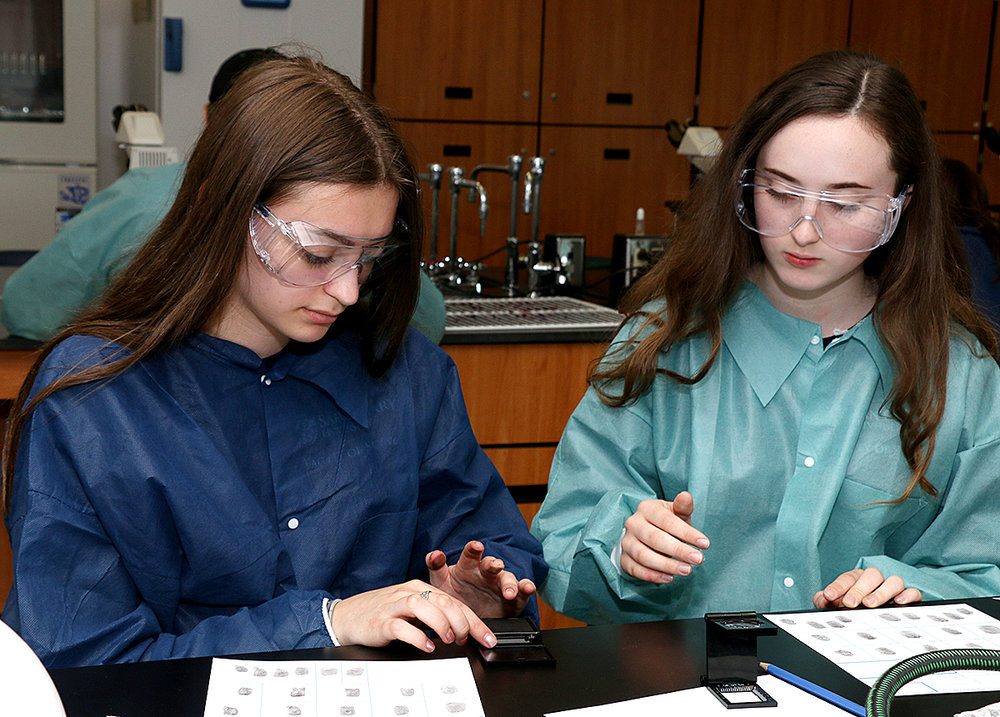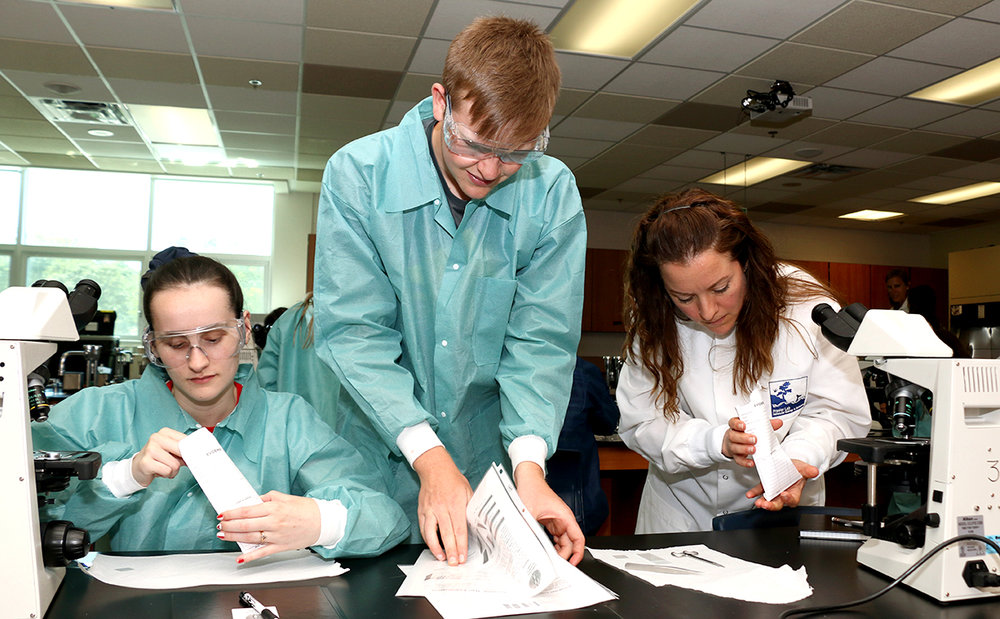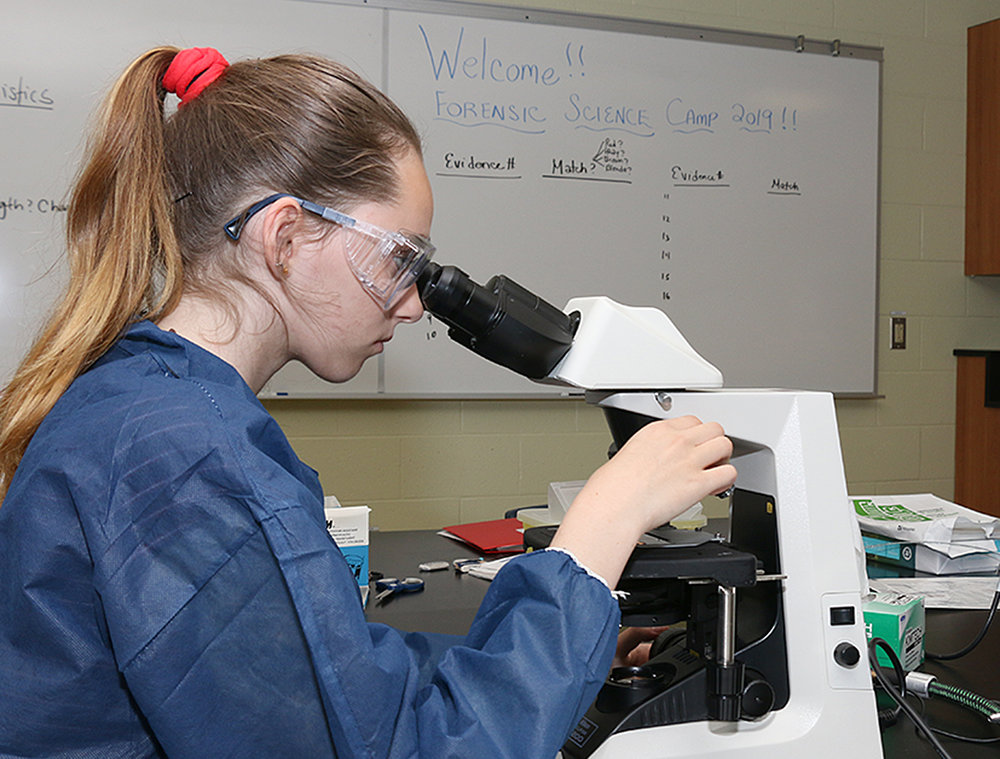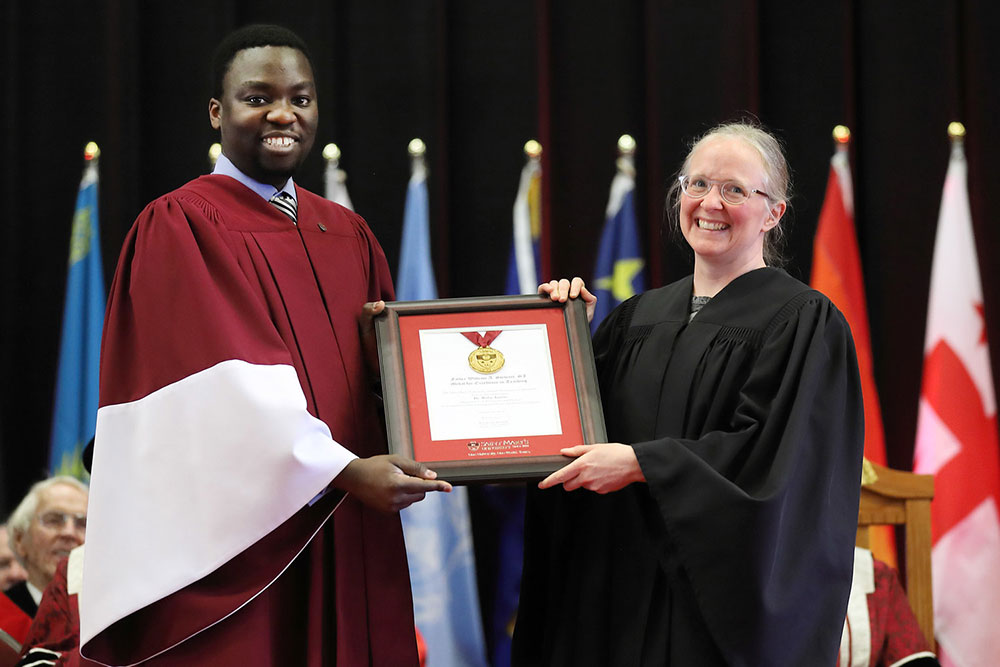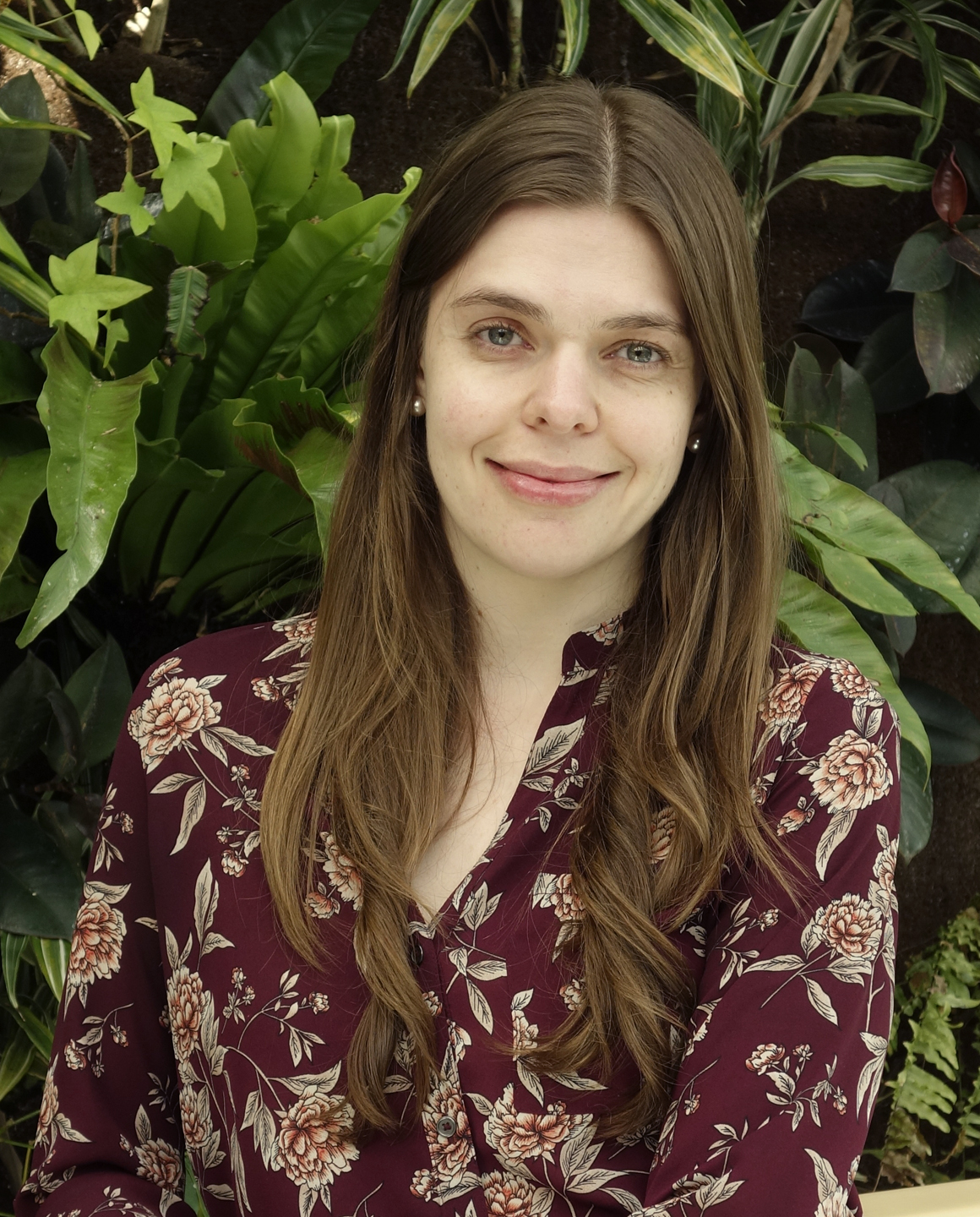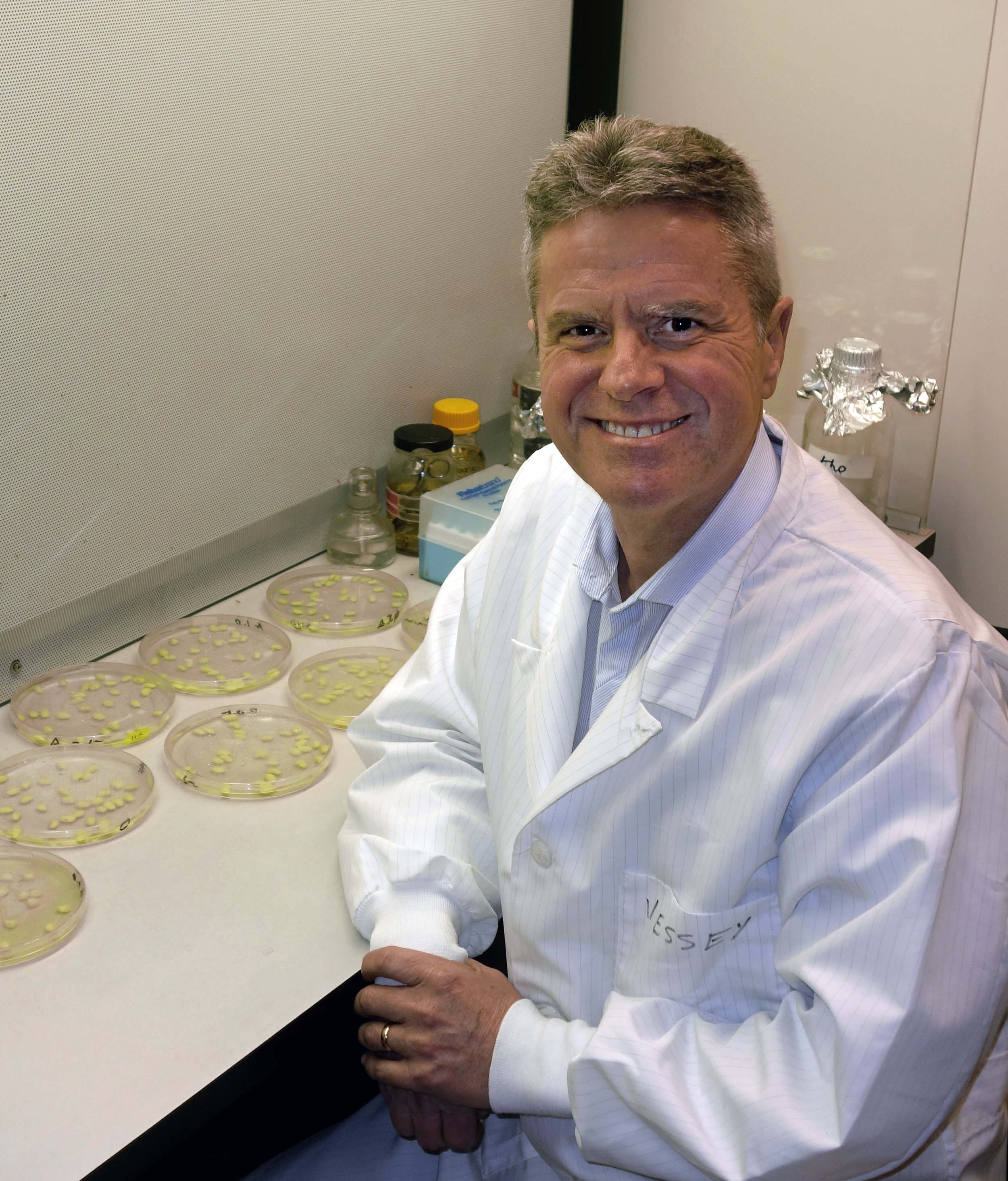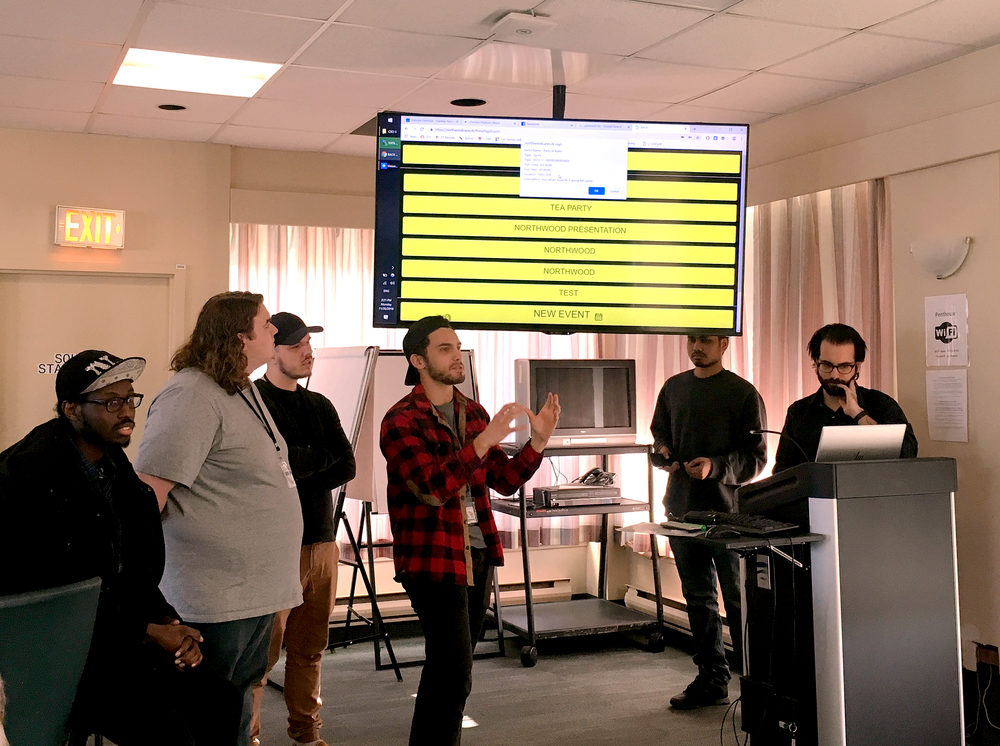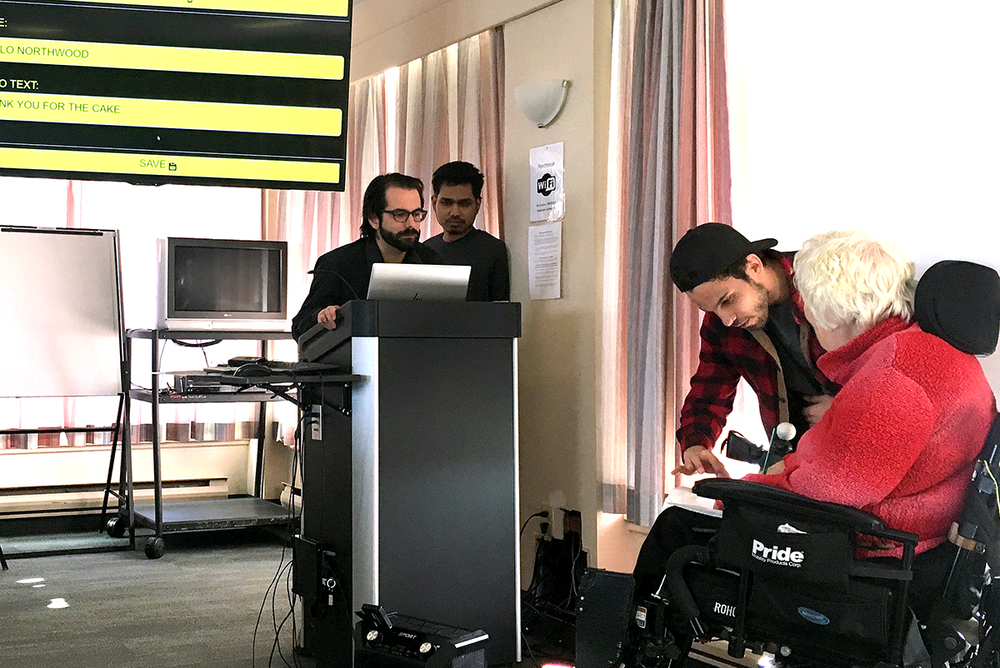Dr. Samantha A. Penney
Saint Mary’s University is proud to announce that Dr. Samantha A. Penney, a recent PhD graduate in Industrial/Organizational Psychology, has received the prestigious 2019 Kenneth E. Clark Student Research Award from the Center for Creative Leadership and the International Leadership Association.
“It is an absolute honour to have my dissertation research recognized internationally,” said Dr. Penney.
In her award-winning paper on leadership titled Fostering a Psychologically Healthy Workplace through Leadership, Dr. Penney created and validated a scale to assess leadership behaviours that contribute to a healthy workplace, and then designed a workshop and phone-based coaching program which she delivered to leaders in eight organizations across seven provinces.
The training includes knowledge of what a healthy workplace is, leaders’ roles in creating that healthy workplace, and goal setting and skill development to act on that knowledge. “For example, infrequent feedback, such as only having annual performance reviews are a concern in organizations. Research has suggested that employees are more likely to change their behaviour and attitudes when they receive frequent positive and constructive feedback,” she explained.
“The results demonstrate that leadership behaviours can be trained,” said Dr. Penney, adding that while many of the leadership behaviours identified aren’t new information, giving leaders the tools and training to apply the knowledge is key. “Employees often move up within an organization into a leadership role because they’re good at their jobs, but they don’t always have leadership skills.”
“Working with leaders and organizations to provide practical recommendations is something that I am very passionate about, and my research ties into my new role of conducting leadership assessments for the purposes of selection and development,” she said.
“Dr. Penney, and her research, are very deserving of this international recognition,” said Dr. Arla Day, her dissertation supervisor. “Not only does this award demonstrate her expertise and innovation in the area, but it also reinforces the reputation of Saint Mary’s as a high-caliber training institution with a strong level of research expertise in occupational health psychology.”
Background
Dr. Penney recently completed her PhD in Industrial and Organizational Psychology at Saint Mary’s. She completed her Master of Science in Applied Psychology at Saint Mary’s and has an Honours Bachelor of Arts from Lakehead University.
She has authored several journal articles and book chapters on leadership and employee well-being, and has presented her work at national and international conferences.
Her experience as an independent consultant and leadership coach, developing both leader-level and employee-level training programs, and as a facilitator, delivering workshops and seminars to corporate clients aligns with her background in Industrial/Organizational Psychology.
She recently accepted a role as a Talent & Leadership Development Assessment Analyst at Lee Hecht Harrison Knightsbridge in Toronto.
About the Kenneth E. Clark Award
The Kenneth E. Clark Student Research Award recognizes one outstanding unpublished paper by undergraduate and graduate students each year. It is sponsored by the Center for Creative Leadership (CCL) and the International Leadership Association (ILA).
Papers are evaluated by 13 CCL research faculty members through a multi-rater, blind review process. Winners of the international award receive a cash prize, and a trip to ILA’s Annual Conference to present the winning paper there and in various multimedia ILA publications.
Dr. Penney follows in the footsteps on another Saint Mary’s alumna in winning this award. Aleka MacLellan, who was then a recent PhD graduate in Industrial/Organizational Psychology, and won the same award in 2017.




